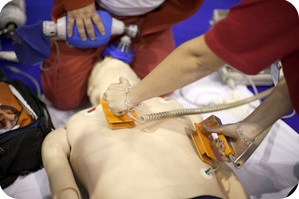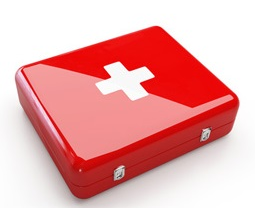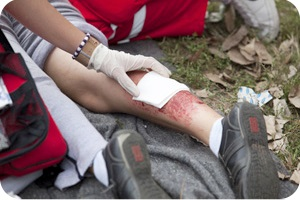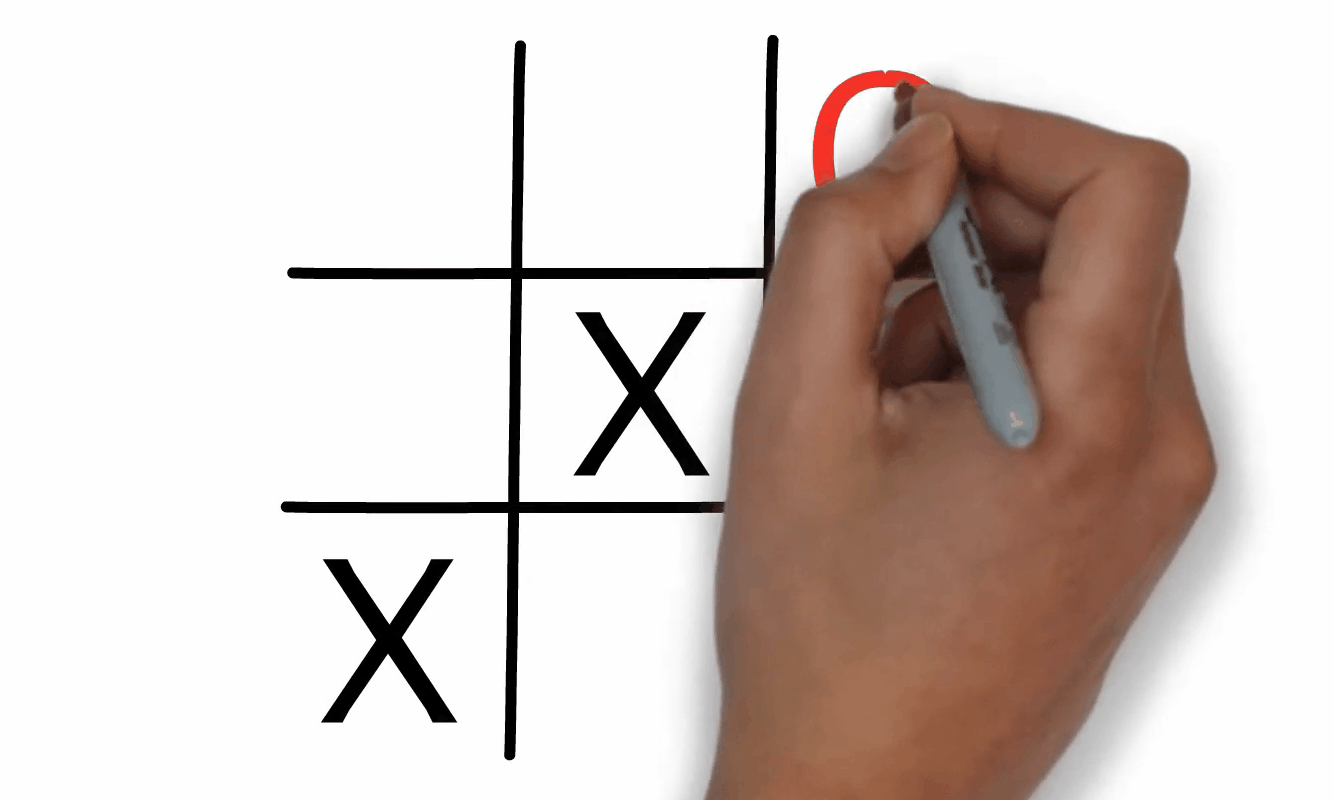Unit 4: Lesson 6: Automatic External Defibrillators
Lesson 6: Automatic External Defibrillators

Lesson 6: Automatic External Defibrillators
If you've ever watched a medical television program or movie, you have probably encountered at least one show where a doctor places something on the patient's chest, yells 'Clear!' and shocks the patient back to life. The equipment used is called a defibrillator. Defibrillation uses a therapeutic dose of electricity on a heart experiencing irregular heartbeats or cardiac arrest. The purpose is to help the heart reestablish a regular, normal heartbeat.
Automatic external defibrillators (AED) are portable defibrillators. They are designed to be used by individuals who are not trained medical professionals. Ideally, though, the person using the AED should have some training to use one. Many different locations may contain AEDs today. Sometimes, trained personnel will stand by with an AED at an event. In others, an AED may be available in an accessible place (not unlike a fire extinguisher in a building). Some sites that commonly have AEDs include airports, community centers, sports stadiums, schools, shopping malls, and fitness centers. Emergency vehicles such as ambulances are also likely to carry an AED. AEDs in public places are often brightly colored and placed near entrances. Increasingly, people are also buying AEDs for their homes, mainly if a family member is at risk for heart issues.

AED kits are designed to be used when other materials or trained professionals are unavailable. The typical kit includes nitrile rubber gloves, a small towel, medical shears for cutting clothing, a razor (for shaving the chest, if needed), and other items. Electrode pads are also included, and users need to ensure that the pads have not expired. The AED should be checked regularly to ensure the batteries are charged. Some units can perform self-checks on their operation.
Most AED devices will have instructions for use. Usually, the first step is to attach the pads to the patient. The pads let the AED determine whether the person is in a 'shockable' condition. No one must touch the person at this point, as it could interfere with the reading. Many AEDs will instruct someone to push a button to deliver the shock if needed. Again, no one must be touching the unresponsive person as the shock could injure the other person. The AED may then give instructions for CPR. Some AEDs have a memory unit for patient details and the number and voltage of shocks given to the patient. This data can be helpful for health science professionals when caring for the patient.
First Aid
Many other health situations might require emergency action from health science professionals or onlookers. The exact type of treatment depends on the health issue presented. For example, treating a bleeding wound differs from treating a choking victim. In any case, emergency help should be called for during any potentially dangerous situation. Let's look at some of the common treatments for emergency first aid.

For a victim who is bleeding from a wound, you need to have the victim lie down. A clean cloth or sterile pad should be pressed firmly against the wound. Any objects in the wound, such as glass, should be left for medical professionals to handle. Individuals helping a bleeding patient should wear protective gloves to help reduce the chance of infectious disease transmission.
Burns are another emergency. Burns occur in three different stages:
- First-degree burns are where the skin is red and may also be somewhat swollen and painful. These types of burns typically do not require medical treatment unless there are other complications.
- Second-degree burns are where the skin is red, swollen, and blistered. Medical treatment may be needed.
- Third-degree burns are where the skin appears charred or even white. Medical treatment is necessary.
First- and second-degree burns should be submerged under cool water or covered with cool, wet cloths. Medicated first aid cream can be used, and the area can be covered with a sterile dressing. If medical treatment is needed for first- or second-degree burns, do not apply first aid cream before seeking treatment.

If a person seems to be choking on something, you should first ask the person if they are ok or need help. If the person can breathe, cough, or speak, do not interfere. If the individual cannot perform these actions, call emergency responders and use the Heimlich maneuver to help clear the person's airway. This is done by standing behind the victim and placing the thumb side of one fist above the person's navel but below the breastbone. Your other hand should hold your fist. Pull your fist upward and inward, quickly but firmly. Continue this motion until the airway has been cleared. These directions should not be used when an infant is choking, as it could cause serious injury.
Sometimes, people are bitten by bees, and this can cause severe allergic reactions. If someone has been stung and it is unknown whether they are seriously allergic, you can treat the individual and watch for signs of a severe reaction. You can try to remove the stinger from the bite by scraping across the bite with a blunt object like a credit card. Clean the site and use a cool compress on it. Jewelry or tight clothing should be removed if they are close to the bite and may be impacted by swelling. Medical attention should be sought immediately if the victim shows dizziness, trouble breathing, swelling, or nausea. Keep an eye on the victim's airways, breathing, and circulation.
In this unit, we learned more about emergency procedures that health science professionals need to know. We discussed what vital signs are and how to measure them. We also learned about CPR and how this emergency procedure is performed. In addition, we discussed AEDs and their use and some first-aid practices that health science professionals and bystanders may use to help injured and nonresponsive people.
Think About
- What are vital signs? How are essential signs measured?
- What are the different systems of measurement used in the health sciences?
- How is CPR performed?
- What are AEDs? How are they used?
- What are some standard first-aid practices?
